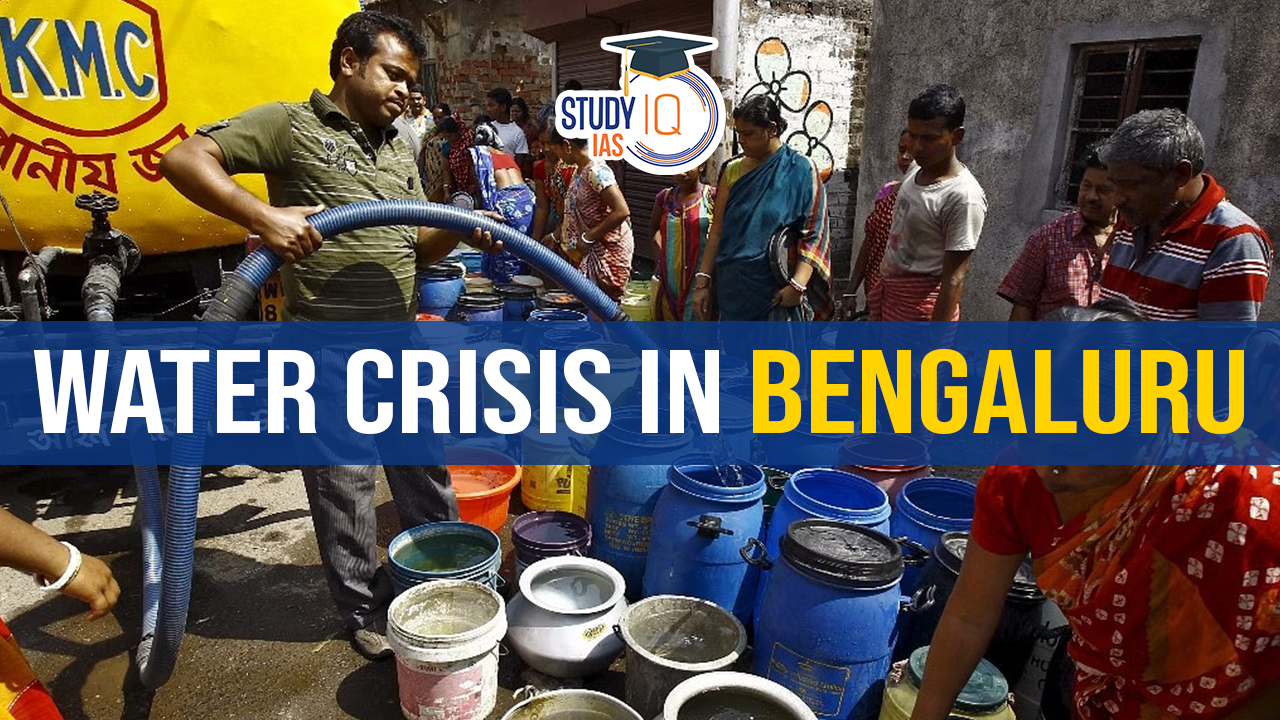Table of Contents
Context:
- Bengaluru is experiencing a daily water deficit of 500 million litres, a fifth of its total demand.
- Karnataka Chief Minister Siddaramaiah announced plans to supplement Bengaluru’s water supply.
- The water scarcity issue extends beyond Bengaluru to the entire state of Karnataka and neighbouring regions of Telangana and Maharashtra.
Causes of the Shortage of Water in Bengaluru
- Rainfall Deficit: Karnataka’s rainfall was 18% below normal last year, the lowest since 2015.
- Post-monsoon periods also failed to deliver significant rainfall.
- Regional Comparisons: Other states like Kerala, Bihar, Jharkhand, and eastern Uttar Pradesh also reported rainfall deficits of up to 34%.
- Depleting Aquifer: South India’s rocky aquifers hold less water and recharge quickly, leading to faster depletion during dry spells compared to North India’s aquifers with higher storage capacity.
Impact of Water Crisis in Bengaluru
- Low reservoir levels: Karnataka’s reservoirs are currently at 26% capacity (10% lower than usual) holding only 6.5 billion cubic metres of water instead of the expected 8.8 billion cubic metres.
- Unequal burden: Bengaluru receives piped water from reservoirs, but areas dependent on groundwater face severe shortages.
We’re now on WhatsApp. Click to Join
Future Concerns
- Rising demand: Water demand will increase in summer from households, industries, agriculture, and hydropower sectors.
- Long-term issues: Unregulated construction, lake destruction, and climate change can worsen water availability.
- Rural vulnerability: Rural areas might face an even greater water shortage than Bengaluru.
Possible Solutions
- Water conservation: Implementing policies to discourage water wastage and incentivize low consumption.
- Groundwater management: Discouraging and minimising groundwater usage through household pumps.


 Indus Water Treaty 1960 Suspended by Ind...
Indus Water Treaty 1960 Suspended by Ind...
 5 Years of SVAMITVA Scheme and Its Benef...
5 Years of SVAMITVA Scheme and Its Benef...
 Places in News for UPSC 2025 for Prelims...
Places in News for UPSC 2025 for Prelims...





















